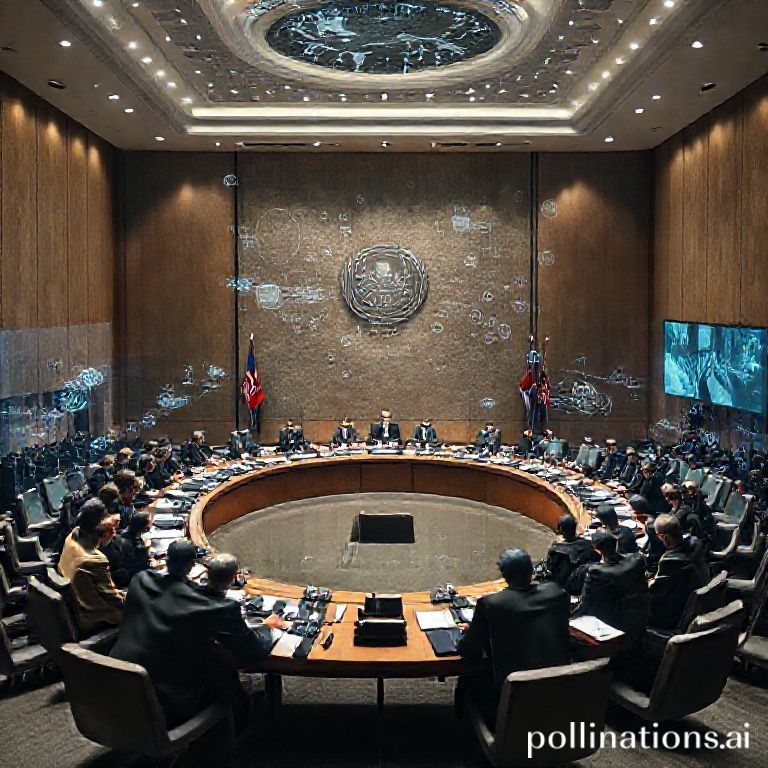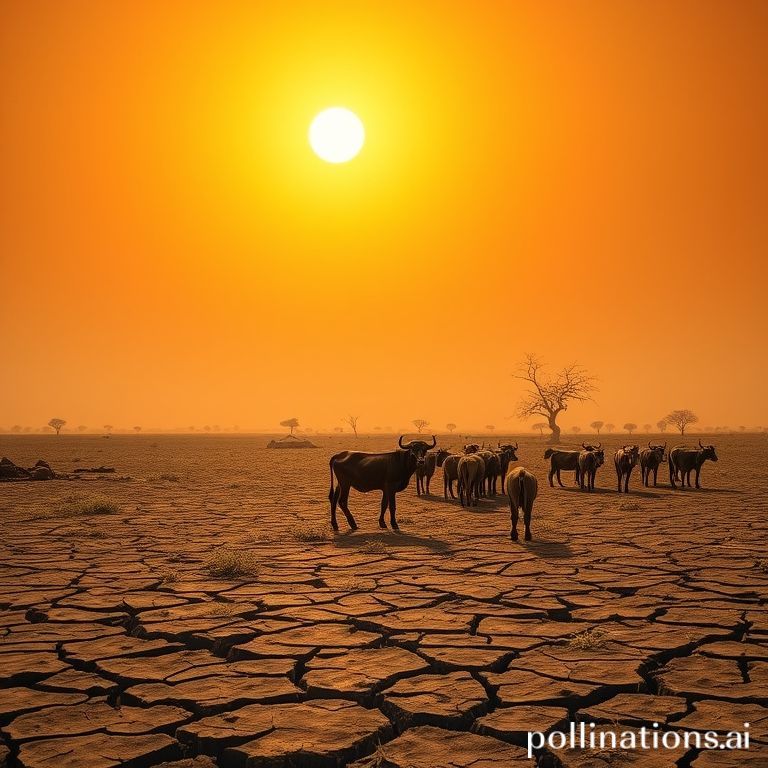
The year 2025 is unfolding with a stark and alarming reality: a prolonged and unprecedented global heatwave has gripped vast regions of Africa and Asia, pushing millions to the brink of humanitarian catastrophe. This isn’t just a weather event; it’s a profound climate crisis escalating into an urgent call for emergency food aid on an unparalleled scale. Across continents, communities are grappling with devastating crop failures, dwindling water sources, and spiraling food insecurity, underscoring the interconnectedness of our planet and the immediate need for collective action. The insights shared here are not merely observations but critical warnings that demand our immediate attention and response to this unfolding human tragedy.
The Unprecedented Global Heatwave of 2025
The early months of 2025 have witnessed record-breaking temperatures across key agricultural belts in Africa and Asia, far exceeding historical averages. Scientists attribute this intense heat to a confluence of persistent high-pressure systems and the accelerating effects of climate change, creating a feedback loop that exacerbates arid conditions. This isn’t an isolated incident but a clear manifestation of a warming planet, affecting weather patterns on a truly global scale.
Meteorological data from various international agencies confirms that several regions experienced their hottest spring and summer on record. These extreme conditions have led to rapid soil moisture depletion, increased evaporation rates, and a significant reduction in anticipated rainfall. The ripple effects of this environmental shock are now being felt in every aspect of life, from farming communities to bustling urban centers dependent on stable food supplies.
Regional Impacts: Africa’s Vulnerability
In Africa, the Horn of Africa, the Sahel, and parts of Southern Africa have been particularly hard hit. Communities already vulnerable due to existing conflicts, economic instability, and previous droughts are facing an intensified struggle for survival. The heatwave has decimated staple crops like maize, sorghum, and millet, which are critical for subsistence farming.
Livestock, a primary asset for many pastoralist communities, are dying in large numbers due to lack of pasture and water. This loss not only strips families of their immediate food source but also eliminates their means of income and future resilience. The humanitarian consequences are staggering, with millions now requiring immediate food assistance to prevent widespread starvation and displacement.
Regional Impacts: Asia’s Breadbasket Under Threat
Asia, often considered the world’s breadbasket for rice, wheat, and other grains, is also reeling from the severe heatwave. Countries like India, Pakistan, Bangladesh, and parts of Southeast Asia have reported significant drops in agricultural output. The timing of the heatwave has been particularly devastating, coinciding with critical growth stages for major crops.
In some areas, paddy fields have dried up, while in others, extreme temperatures have caused premature ripening and reduced yields. This threat to Asia’s food production has serious implications not only for its own massive population but also for global food markets. Supply chain disruptions and price volatility are already becoming evident, highlighting the interconnected nature of our food systems.
The Escalating Global Food Crisis
The 2025 heatwave has acted as a catalyst, accelerating an already fragile global food situation. Pre-existing challenges such as geopolitical conflicts, economic downturns, and lingering effects of the pandemic had already strained food supply chains. Now, the widespread crop failures across two major continents are pushing the world closer to a severe food crisis.
Estimates from organizations like the World Food Programme (WFP) and the Food and Agriculture Organization (FAO) indicate that the number of people facing acute food insecurity could rise significantly. This isn’t just about caloric intake; it’s about nutrition, stability, and the fundamental right to food. The scale of this unfolding crisis demands a coordinated global response.
Supply Chain Disruptions and Price Volatility
The immediate impact of reduced harvests in Africa and Asia is a surge in commodity prices. Futures markets for grains have shown significant increases, which directly translates to higher food costs for consumers worldwide. This disproportionately affects low-income households, who spend a larger percentage of their income on food.
Beyond prices, the sheer volume of lost produce means that traditional supply routes are being disrupted. Countries that rely on imports from these affected regions are scrambling to find alternative sources, further straining existing supplies. This creates a domino effect across the global economy, demonstrating how localized climate disasters can have far-reaching economic consequences.
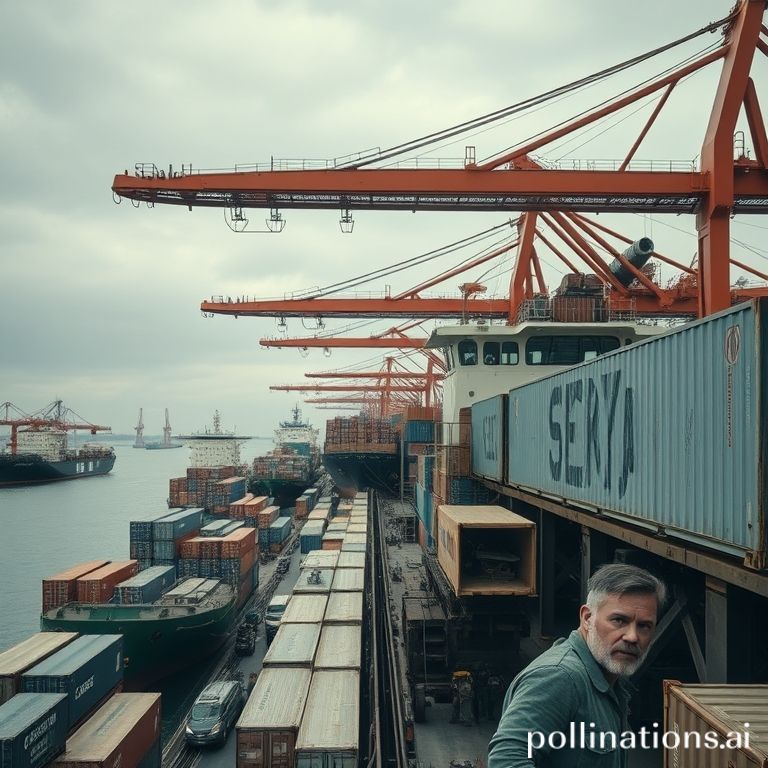
Water Scarcity and Crop Failures
The extreme heat has intensified water scarcity in regions already prone to drought. Rivers are at critically low levels, reservoirs are depleted, and groundwater tables are dropping. This lack of water is not only affecting agriculture but also access to clean drinking water for millions. Without adequate water, even resilient crop varieties struggle to survive, leading to inevitable failures.
The long-term implications of this water crisis are profound. It threatens the sustainability of agricultural practices, pushes communities towards unsustainable water extraction, and can lead to increased conflict over dwindling resources. Addressing water scarcity is a fundamental component of any comprehensive strategy to mitigate the impacts of future heatwaves and ensure global food security. You can find more information on sustainable water management practices through various UN reports.
Emergency Aid Calls: A Global Imperative
As the humanitarian crisis deepens, calls for emergency food aid have become increasingly urgent and widespread. International organizations, national governments, and local NGOs are mobilizing resources, but the scale of the need is overwhelming. This situation requires a rapid, comprehensive, and sustained global effort to prevent mass starvation and further destabilization.
The immediate priority is to provide life-saving food assistance to the most vulnerable populations. This includes emergency food rations, nutritional supplements for children and pregnant women, and access to clean water. However, the response cannot stop at immediate relief; it must also consider the underlying causes and work towards long-term resilience.
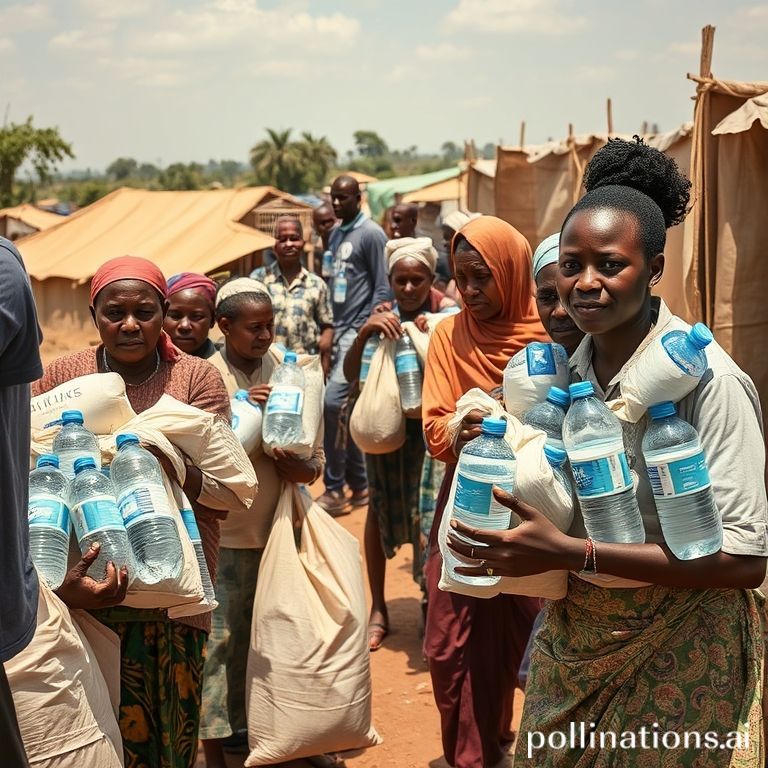
International Response and Challenges
The international community is facing immense pressure to coordinate a robust response. Pledges of financial aid and food supplies are being made, but logistical challenges remain significant. Delivering aid to remote and conflict-affected areas is complex, requiring secure access and efficient distribution networks. Moreover, the sheer volume of aid required necessitates unprecedented levels of cooperation and funding.
Organizations like the WFP are expanding their operations, but they are often stretched thin by competing crises globally. Donors are urged to fulfill their commitments promptly and increase their contributions to meet the escalating needs. This is a moment that tests the resolve and solidarity of the entire global community.
Long-Term Global Solutions for Resilience
While emergency aid is critical, the 2025 heatwave underscores the urgent need for long-term strategies to build resilience against climate change. This includes investing in climate-smart agriculture, developing drought-resistant crop varieties, and improving early warning systems for extreme weather events. Empowering local communities with knowledge and resources to adapt to changing climatic conditions is paramount.
Furthermore, there is a pressing need for accelerated efforts in climate change mitigation. Reducing global greenhouse gas emissions is the only way to curb the frequency and intensity of such extreme weather events in the future. International agreements and national policies must prioritize sustainable development and a transition to green economies to safeguard our planet and its inhabitants. Research on climate resilience by institutions like the IPCC provides valuable frameworks for these solutions.
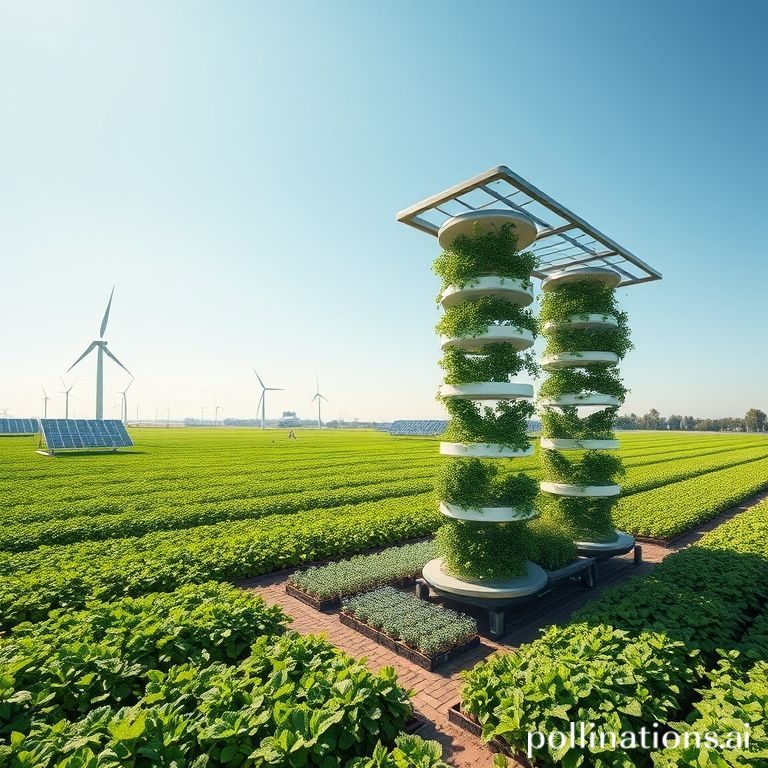
Conclusion: A Call to Global Action
The global heatwave of 2025, triggering emergency food aid calls across Africa and Asia, serves as a stark reminder of our collective vulnerability to climate change. The five essential insights – the unprecedented nature of the heatwave, the devastating regional impacts, the escalation of a global food crisis, the supply chain disruptions, and the urgent need for both immediate aid and long-term solutions – paint a grim picture but also highlight opportunities for change. This is not merely an environmental challenge; it is a profound humanitarian and developmental crisis that demands a unified and decisive response.
Addressing this challenge requires more than just reactive measures; it calls for proactive investment in climate resilience, sustainable agriculture, and robust humanitarian frameworks. Every individual, community, and nation has a role to play in mitigating the impacts of climate change and supporting those most affected. We must act now, with urgency and compassion, to safeguard the future of our planet and ensure food security for all. Join the conversation, support relief efforts, and advocate for policies that prioritize climate action and humanitarian aid. Your involvement can make a difference in building a more resilient and equitable global society.



